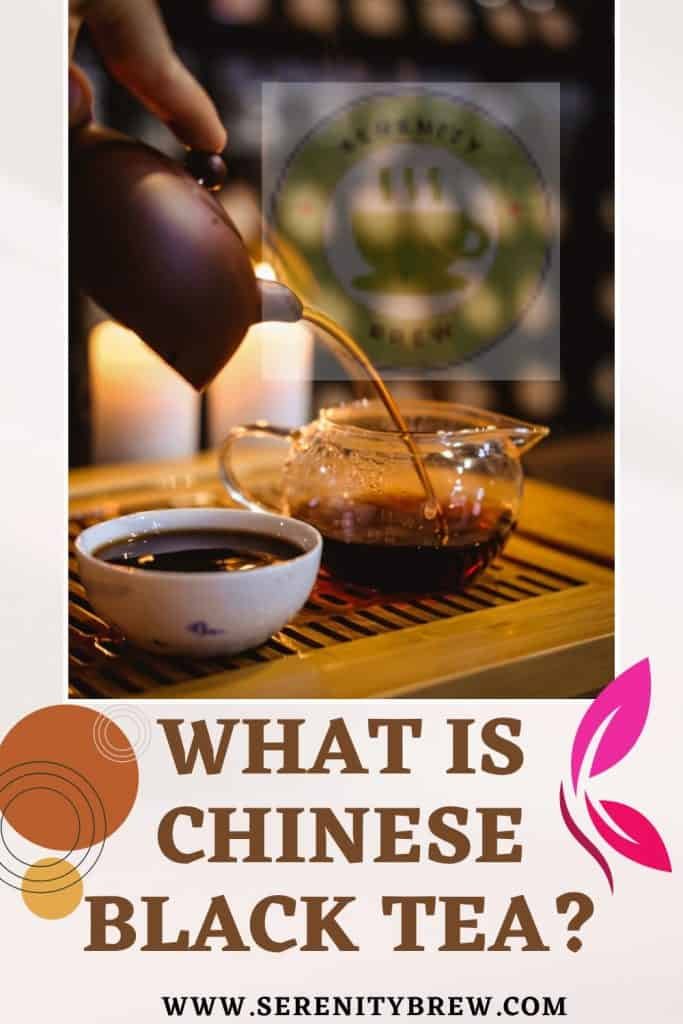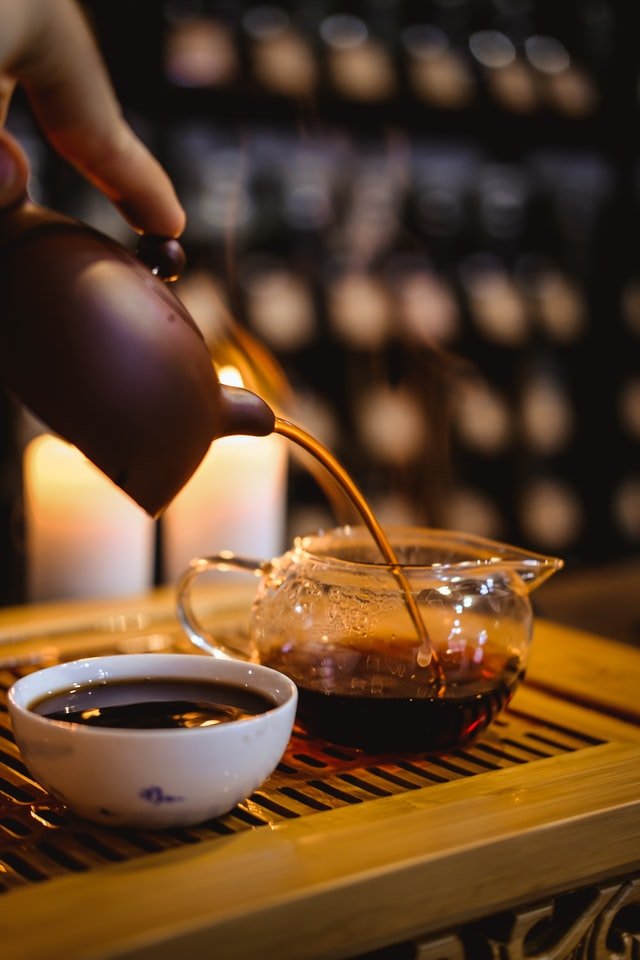
When we talk about black tea, we refer to the tea that has a higher degree of oxidation or, better said, a complete oxidation. It is an intense infusion, usually with a good dose of caffeine and robust flavors for the palate. Now, is there a difference between Chinese black tea and other varieties of black tea?
Before starting, it is essential to tell you the following: in China, what we know as black tea is called red tea. This is because while in the West the name refers to the color of the oxidized leaves, in China the name is used to refer to fermented teas such as pu-erh.
At Infusionismo, we have set out to present you with everything you need to know about Chinese black tea so that you can discover its varieties, its flavors and much more.
What is Chinese black tea?
The main difference between Chinese black tea and other varieties is its origin. It is made from the leaves of the Camellia sinensis sinensis, the country’s native variety of tea plant. This shrub has smaller leaves and grows best in moist areas at high elevations.
Chinese black tea varieties
Chinese teas are classified according to the region in which they are made; that is, they have a denomination of origin similar to that of wines. Let’s see below the areas where black tea is grown in China and what kind of infusion they produce:
Fujian Province
Located in the southeast of China, it is an area of great tea production. Among them, the three “Famous of Fujian”: the Tanyang Gongfu, the Zhenghe Gongfu and the Bailin Gongfu.
In addition, in this province are the renowned Wuyi Mountains where Lapsang Souchong, a peculiar smoked tea, Yin Jun Mei and Jin Jun Mei are produced.
Anhui Province
The famous Keemun is made in Eastern China. This tea has fruity and pine notes when drunk, its zero astringency and its sweet aroma is reminiscent of cocoa. If you want to discover everything about the Keemun, follow the link and read our article about it.
Other provinces
In the southwest of the country, in Yunnan, Dian Hong, with its striking malt flavor, is made, while in Guangdong, you can taste Ying De Hong, with a coconut aroma and a spicy aftertaste; in Sichuan, Tibet and Zhejiang, the Jiu Qu Hong Mei with its velvety aftertaste.
Chinese black teas are varied in flavors, aromas and prices. Do not stop trying them because we are sure that you will love them. Keemun in particular is a wonderful tea, a true gem among Chinese black teas.
Black tea making
After the collection of the tea leaves, the withering begins. To do this, the leaves are left in ventilated places until their veins are transparent.
The leaves are then rolled by hand for higher quality teas, or through the use of a machine for low and medium quality teas. This last process generates a mixture of whole leaves, broken leaves and dust.
Now yes, the most important part of the process begins: oxidation. The rolled leaves are subjected to controlled temperatures and humidity levels for approximately six hours until the leaves show a reddish-brown color.
After that, the leaves are baked in huge woks placed over open fires at a constant temperature. Finally, the tea leaves are ready to be packed and sold.
All the processes to which they are subjected ensure that they retain their flavor, color, aroma and astringency for a long time.
History of chinese tea

Legend has it that 2,000 years before Christ tea was drunk in China; In other words, we are talking about the cradle of tea and, particularly, of black tea. In fact, it is said that this infusion was discovered by chance when some Camellia sinensis leaves fell into the water that a servant was boiling for his emperor and when he tasted it, he fell in love with its taste.
From that moment on, tea spread throughout the Chinese territory due to its health benefits. Natural medicine specialists began to recommend its intake to treat all kinds of ailments; from indigestion, nausea and vomiting, to gas, inflammation, headaches and migraines, among others.
Over the years, the consumption of tea began to extend beyond its protective use for health and began to have a more social role, becoming a moment of meeting between family and friends.
